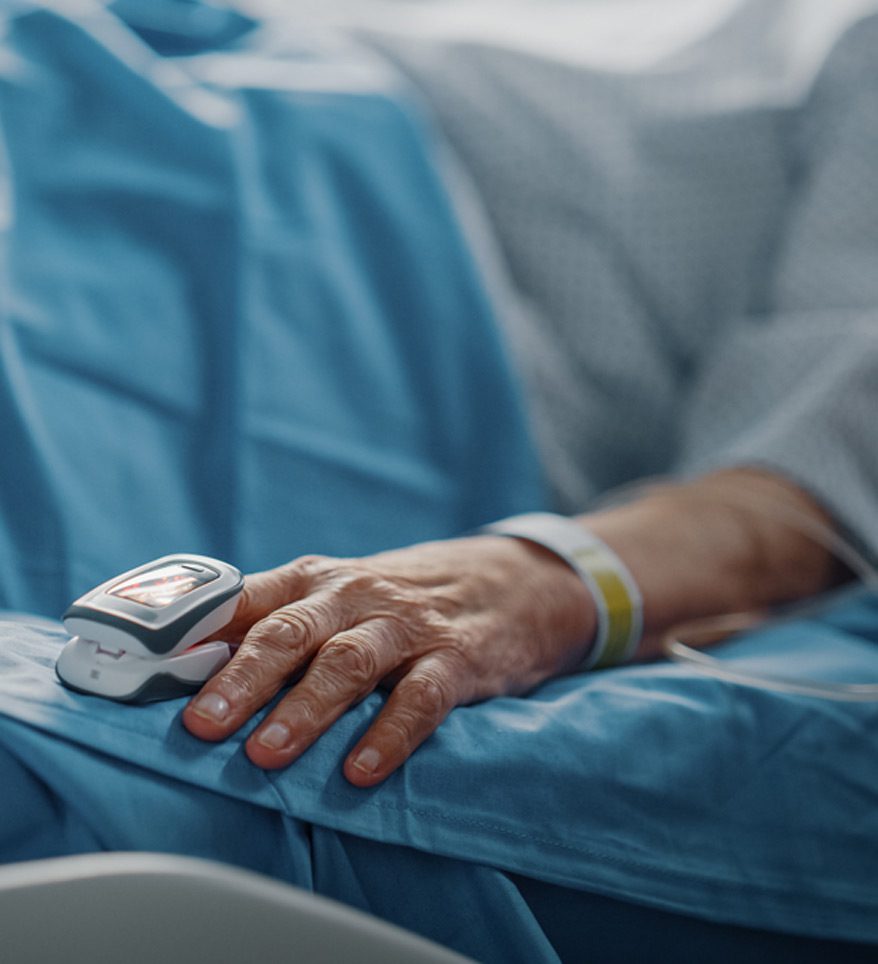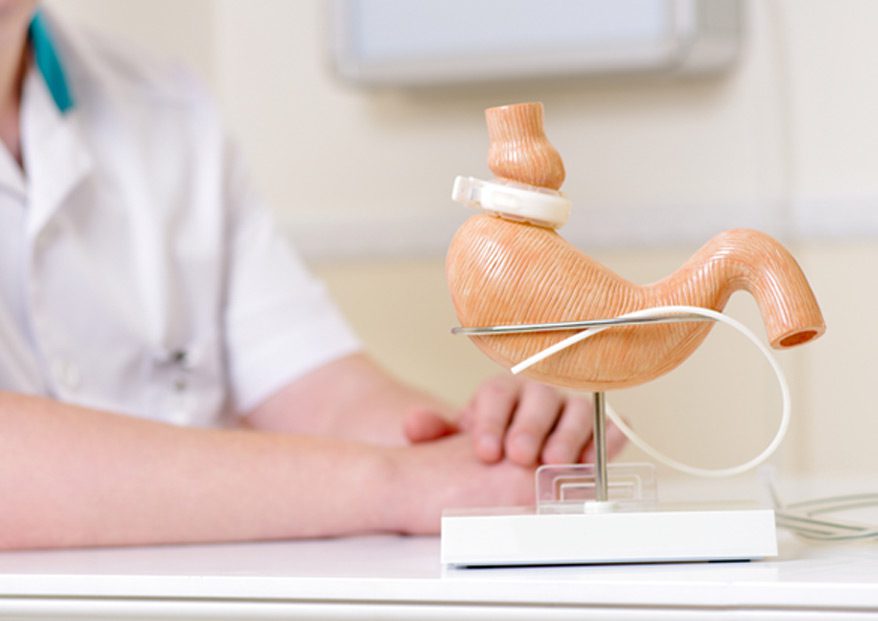
Revisional bariatric surgery is done to correct or adjust a previous weight loss surgery. Patients may need a second surgery if they haven’t experienced the expected weight loss, or they’ve developed complications from the original procedure. These complications may include pouch enlargement, ulcers, or the loosening of a gastric band.
Who Needs Revisional Bariatric Surgery?
A patient may qualify for revision surgery if:
- They haven’t lost 50 percent of their excess weight at the time of the first procedure.
- They’ve regained enough weight that medical conditions related to their excess weight, such as diabetes, have returned.
- They’ve regained weight to a point where they’re no longer at a 50 percent loss of their original excess weight.
- Their BMI is 40 or above.
- They’ve developed complications, such as chronic ulcers.
- They’ve undergone gastric band surgery, but the band has slipped or no longer inflates properly to limit eating.
- They’ve undergone Roux-en-Y gastric bypass surgery, but the stomach pouch has stretched and become too large.
- They’ve undergone a sleeve gastrectomy, but the sleeve or banana-shaped stomach has stretched.
- They’ve developed a hiatal hernia.
Though revisional surgeries are often more complex than initial bariatric surgeries, our team of surgeons and physicians have a wealth of experience making adjustments to the initial weight loss surgery. During the initial consultation, we will carefully evaluate the and review the patient’s case to determine why the previous procedure failed and develop a strategy for the revisional surgery.
What to Expect During Gastric Sleeve Revision Surgery
Patients who initially received gastric sleeve surgery but need a revision may undergo endoscopic sleeve gastroplasty (ESG). During this procedure, the surgeon will use an endoscope to place sutures in the stomach to reduce its size without having to make incisions or requiring a hospital stay.


What to Expect During Gastric Bypass Revision Surgery
Patients who initially received gastric bypass surgery but need a revision may undergo transoral gastric outlet reduction to repair or reconfigure the connection that connects the stomach and small intestine.
On some occasions, the surgeon may use an endoscope to insert sutures into the gastric outlet. This method doesn’t require any incisions.
A gastric bypass revision that is performed endoscopically is done on an outpatient basis. This means patients are able to go home the same day with a fairly short recovery time.
The Recovery Process
After revisional bariatric surgery, the patient will need to make adjustments to their diet and lifestyle. Fortunately, we have a team of physicians, dieticians, psychologists, and fitness experts to support the patient during recovery and weight loss. Our specialists are dedicated to seeing patients succeed by losing weight and keeping it off.
Results of Revisional Bariatric Surgery
Patients will typically lose weight at a slower pace than after the initial surgery. However, there is still the potential of losing up to 60 percent of excess body weight after the revisional bariatric surgery.
To learn more about revisional bariatric surgery or to find out if you qualify for a second weight loss surgery, give us a call to schedule an appointment.


